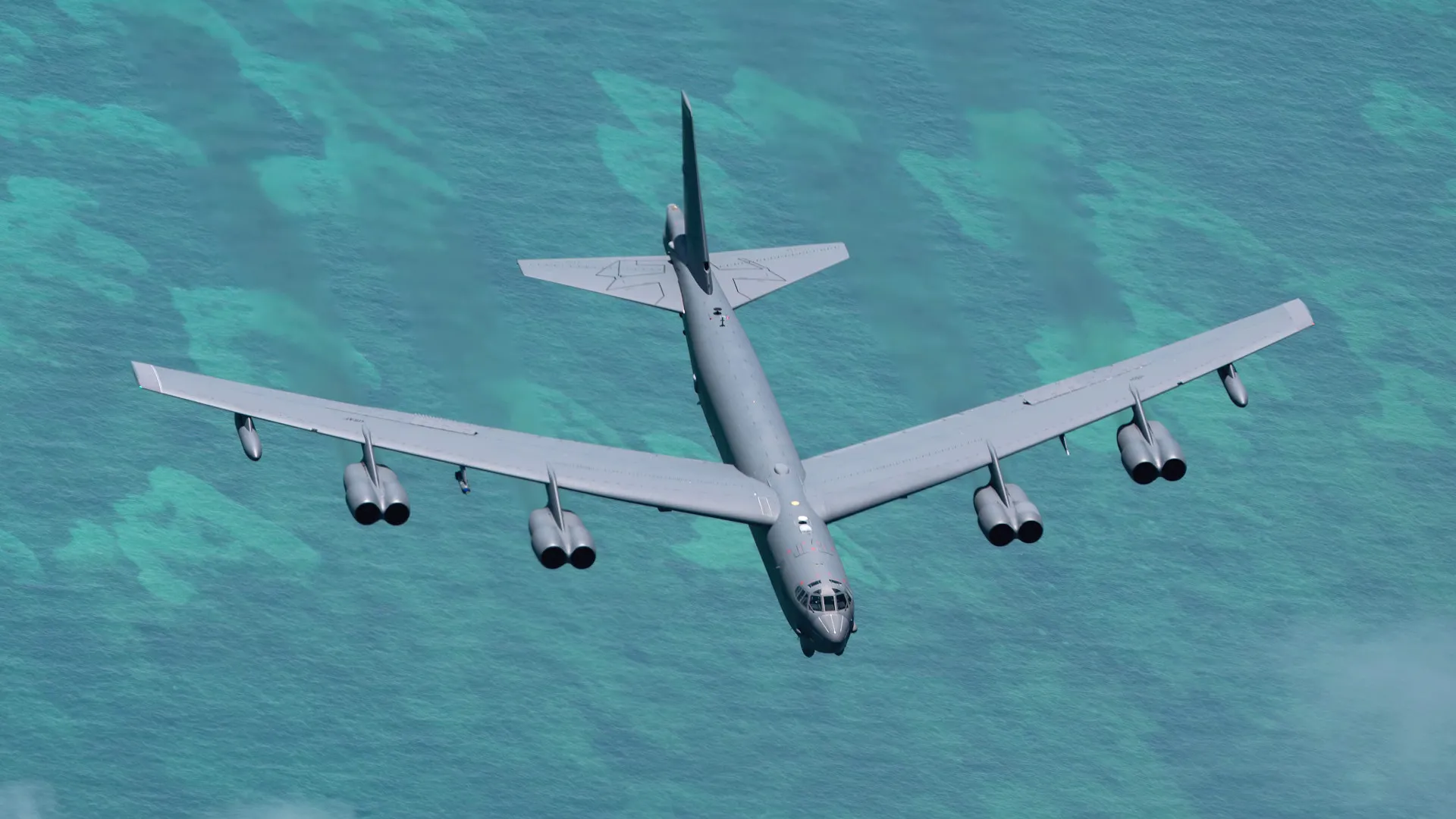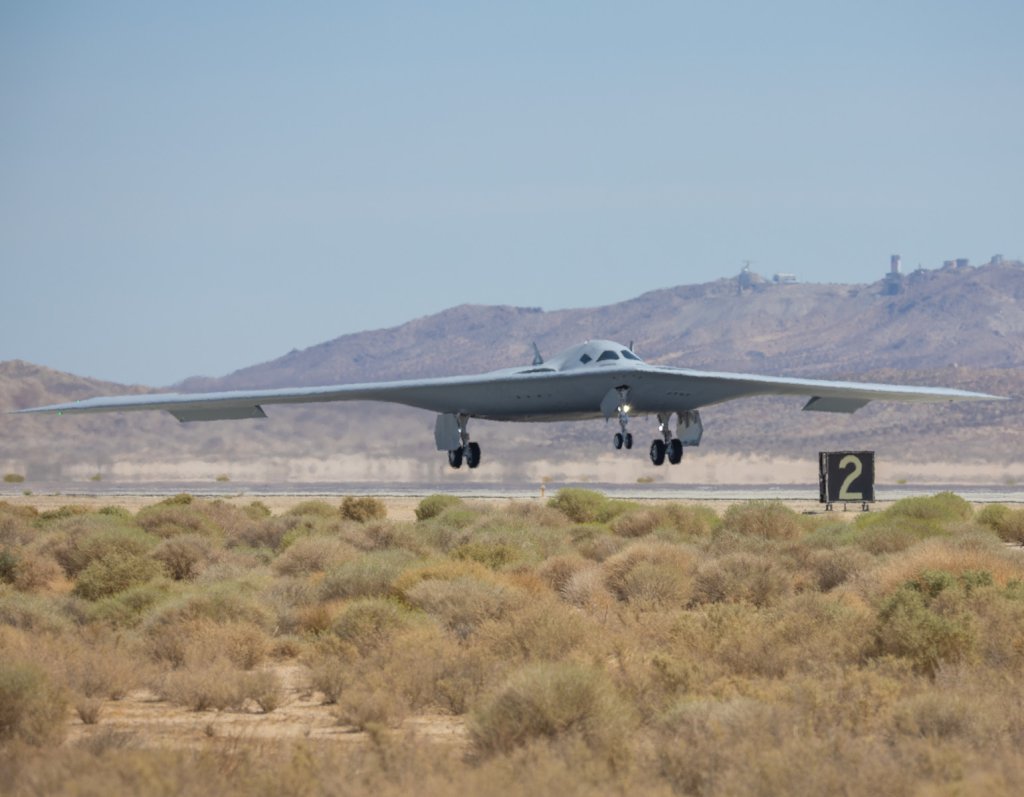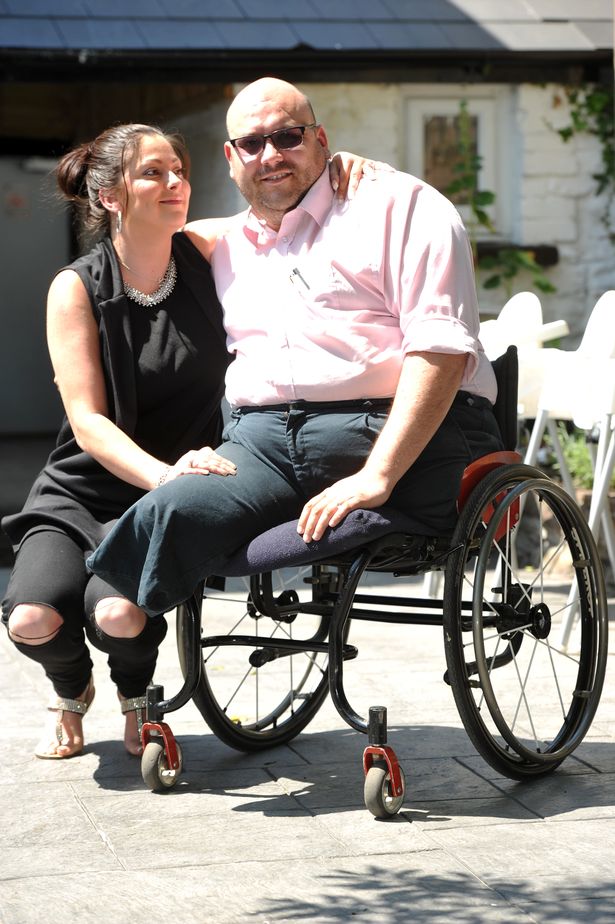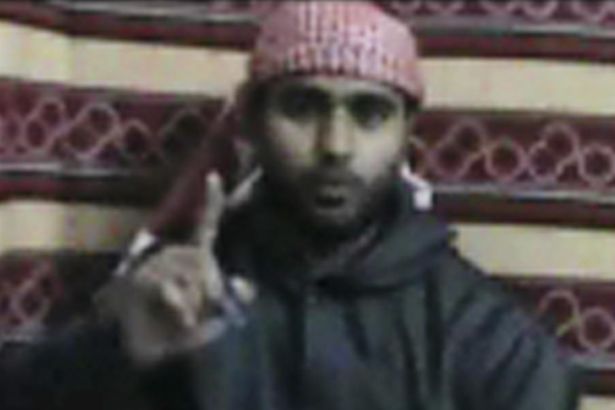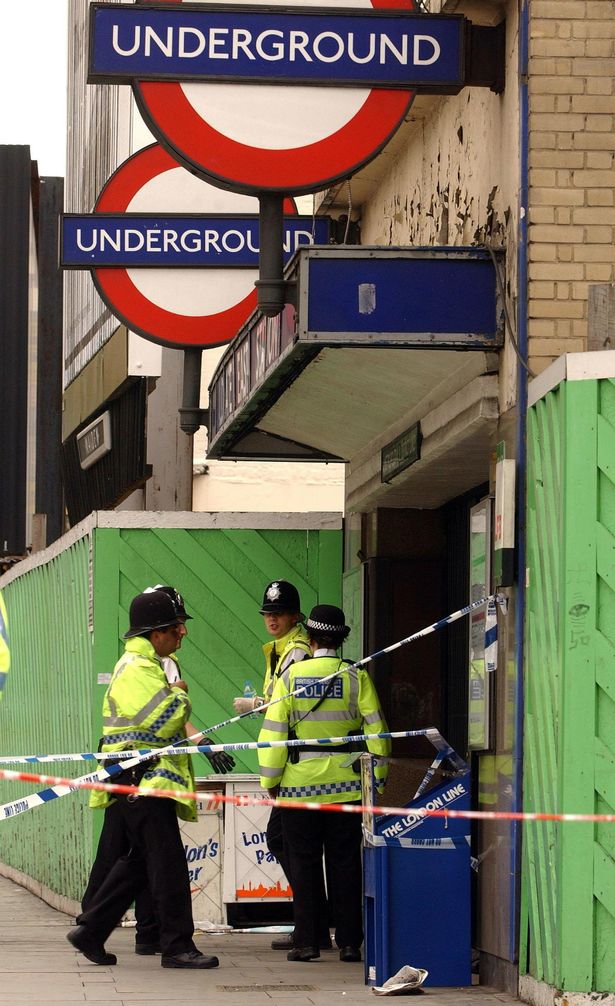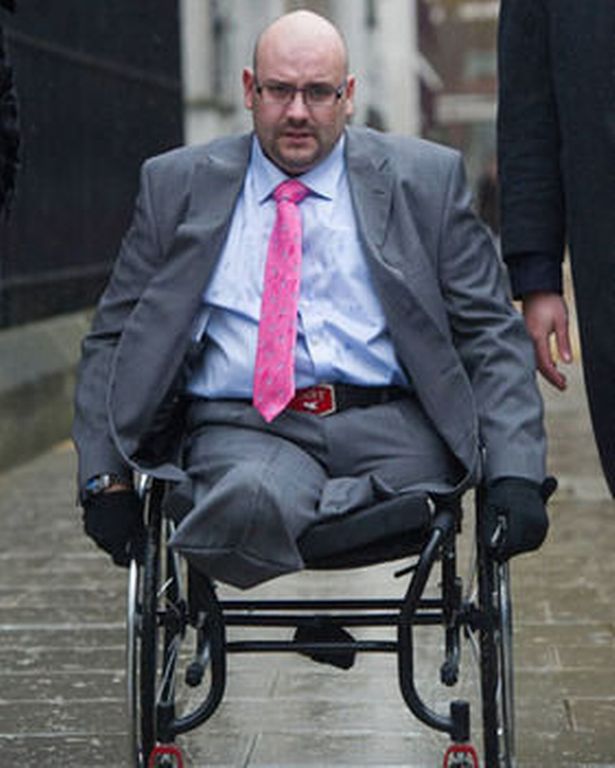It’s been 20 years since Dan Biddle fatefully missed his stop on the Circle Line train. Twenty years since Mohammad Sidique Khan looked him in the eye and reached inside his backpack. And 20 years since Dan’s cosy happy life was, quite literally, blown apart.
It’s been 20 years since Dan Biddle fatefully missed his stop on the Circle Line train. Twenty years since Mohammad Sidique Khan looked him in the eye and reached inside his backpack. And 20 years since Dan’s cosy happy life was, quite literally, blown apart.
On Monday, Prime Minister Keir Starmer will be among 400 people in St Paul’s Cathedral paying their respects to the 52 killed and more than 770 injured in the London suicide bombings of July 7, 2005.
But for Dan – 7/7’s most severely-injured survivor – the day will also mark another anniversary. It’s been 19 years since Dan left hospital and he’s been fighting for an inquiry into what was known. He and countless others want and need answers.
Now instead of tears and platitudes from Britain’s great and the good on Monday, Dan, who can be seen in new Netflix series Attack on London Hunting the 7/7 Bombers, is calling on Starmer to put right what Tony Blair once did wrong – and finally grant the 7/7 victims their long called-for public inquiry.
He says: “We don’t need tears. We don’t need platitudes. We need our public inquiry. And we need answers to the questions we still have. It’s been 20 years – Now is the time to do it.”
Meanwhile there’s one person Dan won’t be wanting to speak with, if, as expected, he attends: Tony Blair. He was prime minister at the time of the attack and blocked the initial plea for an independent public inquiry. The War in Iraq was also cited as one of the motivations for the bloodbath in the bombers’ confession videos.
“I don’t think I could sit in a room with him [Blair] and not use a large amount of expletives, because the anger is always there,” explains Dan, now 46. “I firmly believe 7/7 could have been prevented, and I’ve got to live it with that knowledge. And I cannot believe Blair would be so naive to think that if we go to war, there’s not going to be repercussions in this country. When I think of the money he earns giving talks about it”
The 46-year-old first renewed appeals for Starmer to reconsider an inquiry through the Mirror last month. But he’s vowed to keep on asking.
Hundreds of families were affected that day in 2005 when four suicide bombers, led by primary school assistant Mohammad Sidique Khan unleashed the deadliest terror attacks in Britain since Lockerbie.
Armed with backpacks filled with homemade explosives, Khan, 30, and Shehzad Tanweer, 22, both from Beeston, Leeds, and father-of-one Germaine Lindsay, 19, from Aylesbury, Bucks, boarded three morning rush hour tube trains. Around 8.49am they set off the explosives on circle line trains near Edgware Road and Russell Square stations and a Piccadilly Line train near Aldgate station, killing six, seven and 26.
A fourth bomber, Hasib Hussain, 18, also from Leeds, detonated his device an hour later on the top deck of the Number 30 bus, which had been diverted via Tavistock Square, killing 13. It’s believed his device initially failed.
On the morning of July 7 2005, Dan boarded a circle line train towards Edgware Road, a 26-year-old 6ft4in football-mad construction manager. Then in a flash of the explosion, everything changed. Dan lost both legs, an eye and his spleen and had a pole speared through his abdomen after being one to the victims of the Edgware Road blast.
He perforated his colon, burst his eardrum, lacerated his liver, was covered in burns and spent eight weeks in a coma. He now faces a daily battle with Complex PTSD, obsessive compulsive disorder, anxiety, and survivor’s guilt.
It later emerged Khan was known to intelligence services but was not considered a high priority. The Government’s internal 2009 Intelligence and Security Committee review concluded the decision was “understandable” given “the information available” at the time.
Dan and Adrian Heili, the hero Army medic who saved his life against the odds that day, meanwhile maintain there are still vital questions not answered by either the committee’s 2009 report, their earlier report in 2006 or indeed, the latter 2011 Coroner’s Inquest, which identified a number of failures and missed opportunities by MI5 – but ultimately ruled they would not have prevented 7/7.
Former construction manager Dan says: “The inquest was more about ascertaining time of death, place of death, perpetrator, that type of thing. A public inquiry looks at what was known. It looks at ‘was there any point where there could have been an intervention to stop it’?”
“The guy that did this is dead. I don’t get a trial. I don’t get my day in court. But why can’t we have the same disclosure around what led up to 7/7 as other atrocities got?”
Dan has a long list of questions, including: how long Khan was on MI5’s radar, why a telephone recording discussing an attack was not acted upon and why Khan was not made a high priority, despite alleged photos of him at a suspected extremist training camp. It was also reported that the US National Security Agency had looked into disturbing emails from Khan the year before the attacks. These are just a few of many.
“A public inquiry won’t give me my legs back,” says Dan, now an accessibility consultant in Abergavenny. “It won’t give me my eye back. But I’d have a sense of justice that somebody has been held accountable.
“Some 52 people lost their lives, why doesn’t that warrant one[an inquiry]? Jean Charles de Menezes was tragically shot a couple of weeks after 7/7, he got a public inquiry. Why is his one life worth more than 52? If they really think it’s not possible, then please just explain to me why – and I’ll get back in my box.”
Dan has recently spent days reviewing all the previous Government reports line by line while writing his first book Back From the Dead, which was released in June.
The 2006 Intelligence and Security Committee Report had originally been sent to Dan while he was still in hospital. It came with a covering letter from the then-Committee chairman The Rt Hon Paul Murphy MP. It referred to the attacks of “July 7, 2006.”
“Talk about adding insult to literal injury,” says Dan, who married the love of his life Gem, 42, in 2015. “How can you put much credence in the report if they can’t even get the date of the attack right?”
A public inquiry could also be a financial lifeline to those, like Dan, with life-changing injuries. Dan received just shy of £116,000 from the Government’s Criminal Injuries Compensation Authority.
It’s a fund which gives a standardised payout, calculated by which body part is injured, to all victims of violent crime, with no regard as to whether it was a street mugging or a terror attack. Dan says he was also instructed he could only claim for three injuries.
“The money’s gone,” he says. “It barely lasted five years.”
If an inquiry found anyone was to blame, it could open up an avenue for victims to receive extra compensation.
Meanwhile Dan admits the thought of Blair earning north of £100,000 for speaking engagements about his time as prime minister – including the War in Iraq – is particularly painful. “I think he’s disgraceful,” says Dan.
In one final plea to the dignitaries who’ll be attending on Monday, Dan adds: “I’m not a stupid man. I knew that getting blown up, life was going to be tough. But I didn’t think it would be unjust.”
The Home Office has no current plans to hold a public inquiry.
Complete timeline of how the 7/7 bombings unfolded
*Around 8:49 a.m Mohammad Sidique Khan, 30, Shehzad Tanweer, 22, Germaine Lindsay, 19, detonated homemade devices on Circle Line trains between Edgware Road and Paddington and Liverpool Street and Aldgate, and a Piccadilly Line train between King’s Cross St Pancras and Russell Square. They killed six, seven and 26.
*At 9.47am Hasib Hussain, 18, detonated a device, believed to have earlier failed, on the top deck of the Number 30 bus outside the British Medical Association HQ in Tavistock Square.
*All but Lindsay were British-born, from Beeston, Leeds. Jamaican-born Lindsay, an Islam convert, lived with his then-pregnant wife in Aylesbury, Bucks. She was later revealed to be the ‘White Widow’, Samantha Lewthwaite, an alleged member of Somalia ’s radical Islamic militant group Al-Shabaab.
*Video confessions later saw the bombers citing the War in Afghanistan and Iraq as one of their motivations. The Met Police’s Operation Trident collected more than 2,500 pieces of evidence. There was further tragedy at Stockwell Tube on 21/7 when Brazilian student Jean Charles De Menezes, 27, was mistaken for a suspect in a feared follow up attack and shot dead by police
*A 2006 Initial Intelligence and Security Committee Report finds no evidence MI5 could have prevented the attacks.
During a separate trial regarding a foiled fertiliser bomb plot, it was revealed Khan and Tanweer had been tracked by MI5 for a time during 2004, but it was decided they were not a priority.
The then Home Secretary John Reid refused a public inquiry into what had been known, saying it would be a “massive diversion of resources” from the security services’ operations. Some 25 7/7 Families start legal proceedings to force a public inquiry.
*Reid authorises the subsequent 2009 IASC report which also concluded 7/7 could not have been prevented.
* David Cameron becomes Prime Minister and grants the seven-month Coroner’s Inquest, overseen by Lady Justice Hallett, with a more limited scope of inquiry. In 2011, after seven months of evidence, she made nine recommendations to the Home Office, Security Services and Emergency Services. She also concluded MI5 could not have prevented it and rules against a public inquiry as it would add further distress to the families.
*The 25 Families drop their legal suit for an inquiry immediately after the inquest report. They make it clear they still have unanswered questions but fear their emotionally-draining legal action is futile.
* Various news organisations report on allegations that Khan visited a Pakistan Al-Qaeda training camp as well as military training camps in Dubai and that The US’s NSA had intercepted alarming emails from him the year before the attacks.
*Dan maintains several key questions around how long Khan was on their radar, why a telephone recording discussing an attack was not acted upon and why Khan was not made a high priority, despite alleged photos at a training camp.
Back From The Dead: The Untold Story of the 7/7 Bombings by Dan Biddle with Douglas Thompson, by Mirror Books hardback, £20, is out Thursday. Buy here





